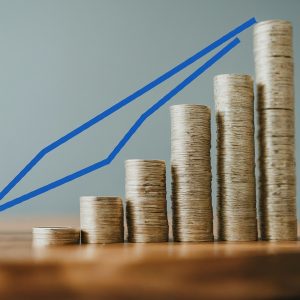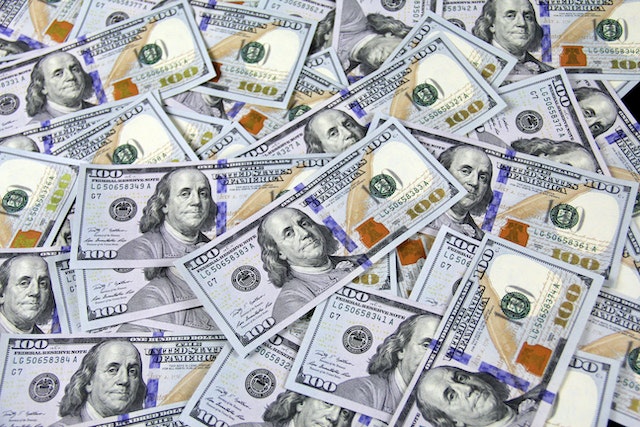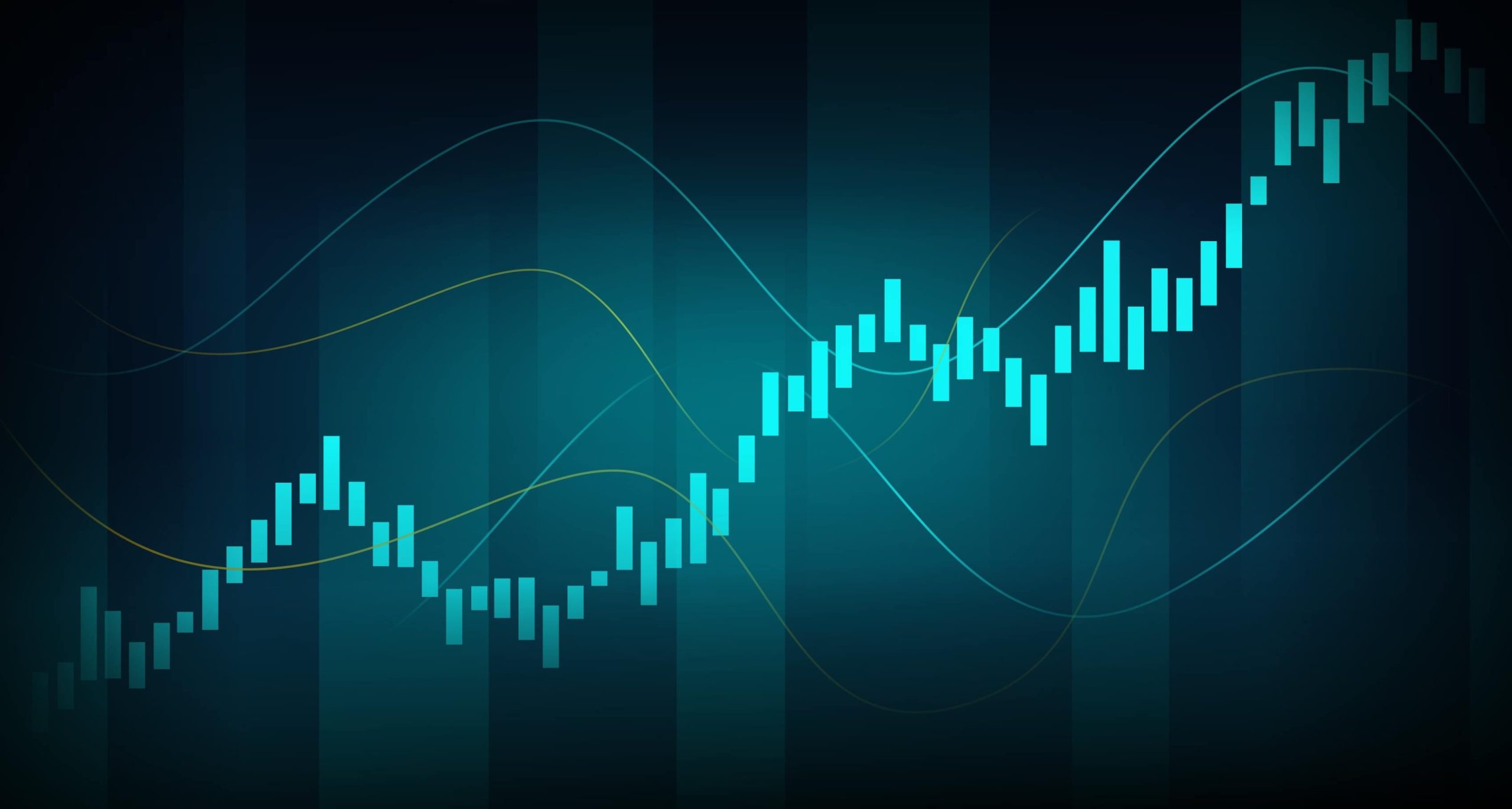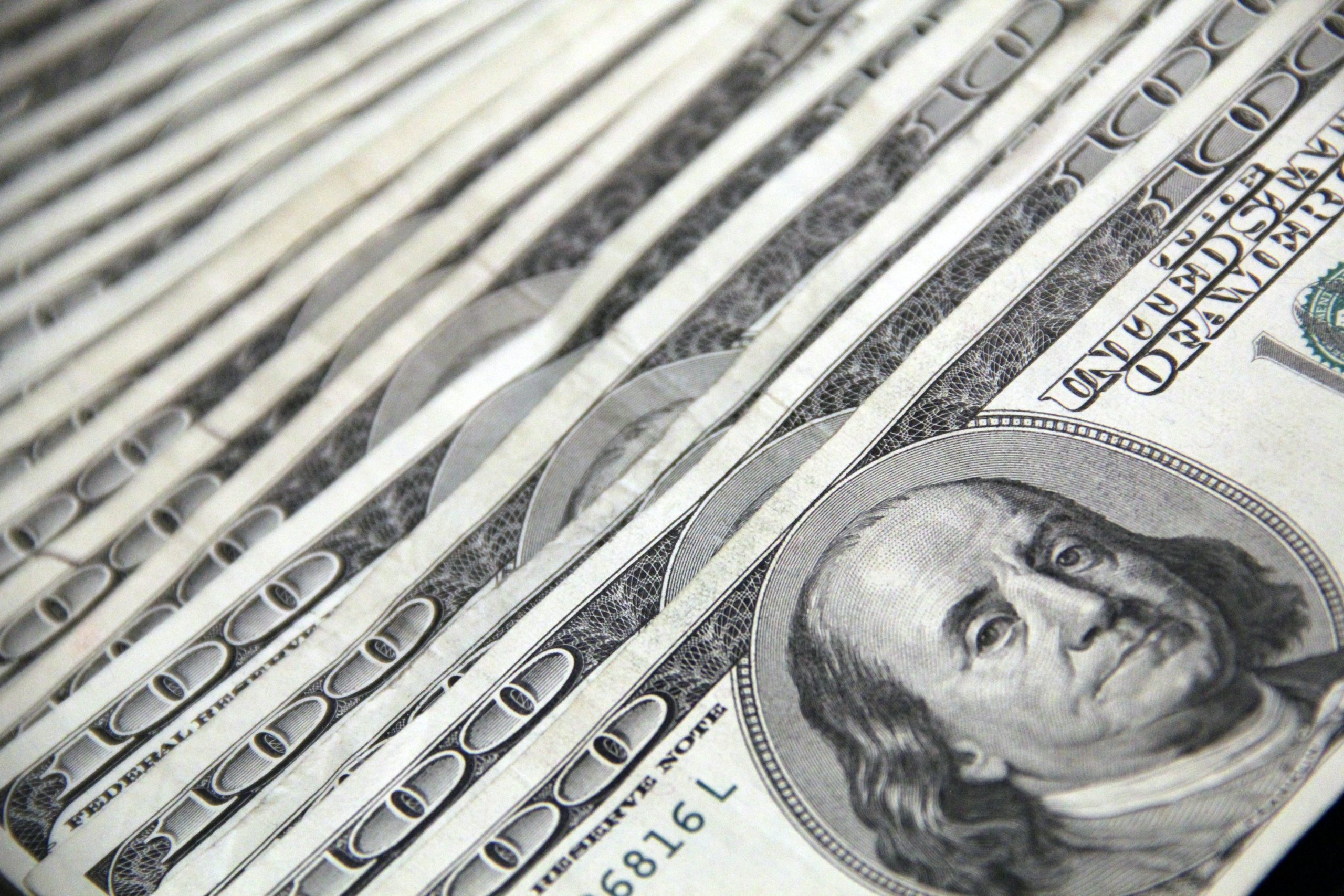Trade policies are critical tools that governments use to regulate international trade and influence their domestic economies. These policies can have far-reaching consequences for economic growth, employment, inflation, and the balance of trade. By understanding the impact of on the economy, we can better appreciate how governments shape both local and global economic landscapes. This article will explore various aspects of trade policies, their implications, and how they affect different sectors of the economy.
Introduction to Trade Policies
Trade policies refer to the set of rules and regulations that a country applies to govern its international trade. These policies are designed to either promote or restrict trade with other nations. Common tools used in trade policies include tariffs (taxes on imports), quotas (limits on the amount of goods that can be imported or exported), and subsidies (financial support to domestic industries).

Governments use trade policies to achieve a variety of economic and political goals, such as protecting domestic industries, reducing unemployment, promoting economic growth, or achieving political leverage over trade partners. However, these policies can also have unintended consequences, including higher consumer prices, reduced trade opportunities, and strained international relations.
Types of Trade Policies
There are several types of , each with different effects on the economy:
- Tariffs: A tax imposed on imported goods, which makes foreign products more expensive and encourages consumers to buy domestic goods.
- Quotas: Limits on the quantity of goods that can be imported, protecting domestic industries by reducing competition from foreign producers.
- Subsidies: Financial assistance provided to domestic industries to reduce their production costs, allowing them to compete more effectively with foreign competitors.
- Trade Agreements: Deals between two or more countries to reduce trade barriers and promote the free flow of goods and services.
- Export Restrictions: Measures taken by a government to limit the export of certain goods to maintain domestic supply or protect national interests.
The Impact of Trade Policies on the Economy
Trade policies have both direct and indirect effects on a country’s economy. The impact can vary depending on the type of policy and the specific conditions of the economy.
1. Economic Growth
One of the primary goals of is to promote economic growth. By encouraging exports and protecting domestic industries, governments aim to create jobs, boost production, and increase national income. For example, imposing tariffs on foreign goods can reduce competition for domestic producers, allowing them to expand and hire more workers. Similarly, trade agreements can open new markets for exporters, providing opportunities for businesses to grow and innovate.
However, restrictive can also limit economic growth by reducing access to international markets. High tariffs and quotas can lead to trade wars, where countries retaliate by imposing their own trade barriers. This can hurt both exporters and consumers, as the prices of goods rise and trade volumes decrease.
2. Employment and Wages
Trade policies can have significant effects on employment and wages. Protectionist measures, such as tariffs and quotas, are often implemented to safeguard jobs in key industries. By shielding domestic industries from foreign competition, these policies can help maintain jobs in sectors such as manufacturing, agriculture, and steel production.
On the other hand, trade liberalization, which involves reducing trade barriers, can lead to job losses in industries that are unable to compete with cheaper foreign imports. However, it can also create new employment opportunities in export-driven industries. In the long run, trade liberalization tends to increase overall employment, although the transition period can be difficult for affected workers.
3. Inflation and Consumer Prices
Trade policies can directly impact inflation and consumer prices. Tariffs on imported goods, for instance, tend to raise the price of those goods, leading to higher costs for consumers. If domestic producers do not have strong competition, they may also raise their prices, further driving up inflation.
Conversely, trade liberalization can reduce prices by increasing competition and improving access to cheaper foreign goods. By lowering trade barriers, countries can benefit from a wider variety of products at lower prices, which helps keep inflation in check and boosts consumer purchasing power.
4. Trade Balance
The balance of trade refers to the difference between a country’s exports and imports play a crucial role in determining whether a country runs a trade surplus (exports exceed imports) or a trade deficit (imports exceed exports). Policies that promote exports, such as subsidies and trade agreements, can help improve a country’s trade balance.
However, protectionist policies, like tariffs and quotas, can also lead to trade imbalances. If other countries retaliate by imposing their own trade barriers, it can reduce demand for exports and worsen the trade deficit.
5. Innovation and Competitiveness
Trade policies also influence innovation and competitiveness in the economy. Trade liberalization, by exposing domestic industries to foreign competition, can push companies to innovate and improve efficiency. This fosters a dynamic economic environment where businesses are motivated to adopt new technologies and practices to stay competitive.
On the other hand, protectionist policies can reduce the incentive for domestic industries to innovate. Without the pressure of foreign competition, companies may become complacent, leading to lower productivity and reduced global competitiveness.
Analysis of Trade Policies and Economic Impact
To better understand how trade policies affect the economy, it’s useful to analyze different trade policy scenarios. Below is a table that outlines some key and their typical economic effects:
| Trade Policy | Description | Economic Impact |
|---|---|---|
| Tariffs | Taxes on imported goods | Protects domestic industries, increases prices, may cause trade wars |
| Quotas | Limits on the amount of imports | Reduces foreign competition, limits product availability |
| Subsidies | Financial support to domestic industries | Lowers production costs, encourages exports, can distort competition |
| Trade Agreements | Agreements between countries to reduce trade barriers | Promotes exports, lowers prices, increases economic cooperation |
| Export Restrictions | Limits on the export of certain goods | Protects domestic supply, can hurt foreign relations |
Comparative Analysis of Protectionist vs. Free Trade Policies
In order to highlight the different approaches to the following comparative table contrasts protectionist and free trade policies:
| Policy Type | Advantages | Disadvantages |
|---|---|---|
| Protectionist Policies | Safeguards domestic industries, protects jobs | Raises consumer prices, reduces competition, can lead to trade wars |
| Free Trade Policies | Lowers prices, increases variety of goods, encourages innovation | Can lead to job losses in uncompetitive industries, wage pressure |
Conclusion
Trade policies play a crucial role in shaping the economic environment of a country. By influencing trade flows, employment, inflation, and innovation, these policies can have both positive and negative effects on different sectors of the economy. Policymakers must carefully balance the need to protect domestic industries with the benefits of trade liberalization to ensure sustainable economic growth.
While protectionist measures may provide short-term relief for struggling industries, free generally offer more long-term benefits, such as lower prices, increased innovation, and improved competitiveness. Understanding the impact of on the economy helps us appreciate the complexity of international trade and its importance in driving global economic development.











